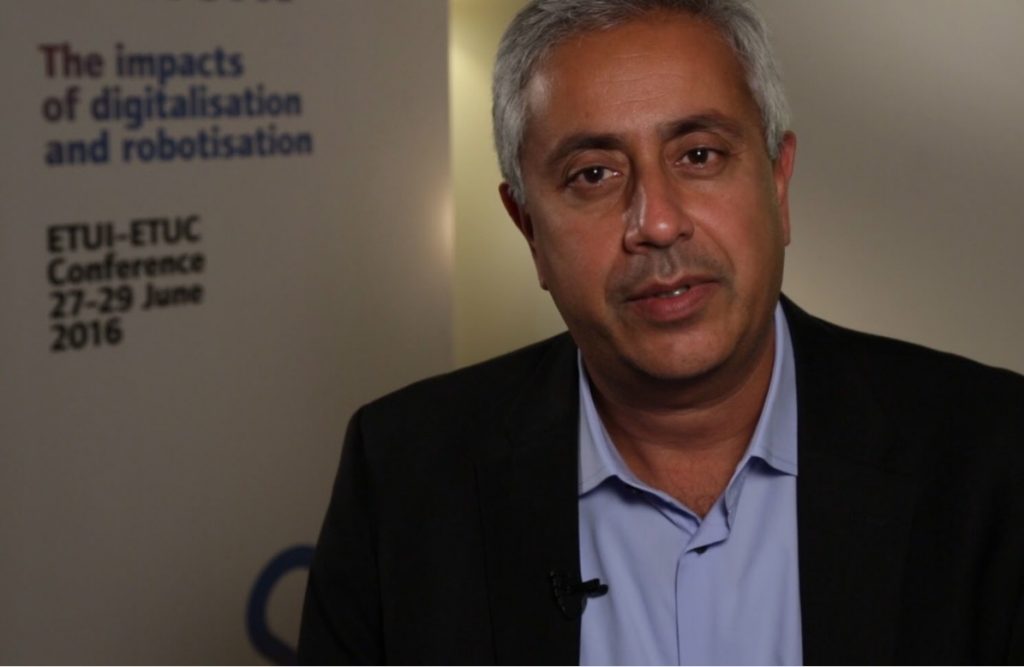Sunday, October 23, 2016
Employment, Efficiency, Equity: Evolution in IMF Thought

Fear of “others” taking “our” jobs is a staple of economic discourse. Sometimes it is a fear of China, sometimes of robots; today it is a fear of the effects of Chinese investment in robots. Digital technology and the ‘sharing’ economy have transformed the world of work, but they have also fueled familiar fears about the impact of technology on jobs.
Technological advancements boost productivity, the demand for labor and the quantity and quality of jobs. They contribute to national and global long-run efficiency and more arguably, to long-run equity at a global level.
But along with these benefits, policymakers must acknowledge and address the displacement that results from the use of new technology. Without appropriate policy frameworks to manage these changes, fears about the short-run job losses will trump the longer-run benefits of technology adoption.
In the last few years, the International Monetary Fund’s (IMF) policy advice is increasingly geared toward balancing the efficiency and equity effects of labor market developments. The evolution in its thinking and advice has three aspects, and is pertinent to how policymakers deal with labor market impacts of new technology.
First, more so now than in the past, the IMF is paying attention to the distributional consequences of economic developments and policies. Second, its framework for thinking about labor market policies is one that increasingly recognizes that many policies need to strike a balance between promoting efficiency and protecting the basic needs of workers. Third, the institution has tried to elevate the importance of job creation in policy discussions with a ‘two-handed’ approach – one that recognizes the importance of both aggregate demand and aggregate supply, and advocates policies to boost both.
This evolution bodes well for the IMF’s ability to offer good advice on employment, including how to manage the effects of technology on the quantity and quality of jobs.
Continue reading here.
Posted by at 10:01 AM
Labels: Inclusive Growth
Subscribe to: Posts